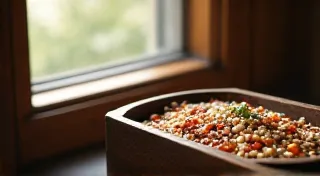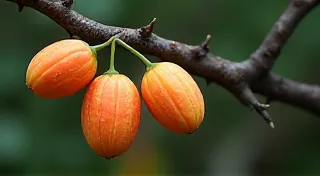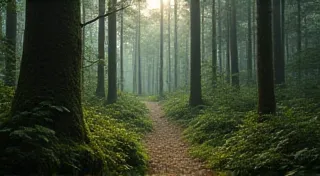The Cartographer's Seed: Mapping the Forgotten Flavors of Fruit
There’s a particular ache that settles in when you hold something ancient, something made with deliberate care and skill – a sentiment I’m intimately familiar with. I’m a collector of antique accordions, instruments that whisper tales of traveling musicians, bustling dance halls, and the echoes of long-lost celebrations. Each bellows, each key, tells a story of a time when craftsmanship wasn’t just a profession; it was an art form, a connection to heritage. And that same feeling—that quiet reverence for the hand-wrought, the forgotten—is what draws me to the world of unusual fruits.
We, as a culture, have grown tragically homogenized in our tastes. Supermarkets offer a predictable palette of apples, bananas, and oranges, each selected not for its unique flavor profile, but for its uniformity, its transportability, its resistance to bruising. But what of the treasures that lay just beyond this carefully curated selection? What of the fruits that once thrived in forgotten orchards, their stories interwoven with the history of the land and the people who cultivated them?
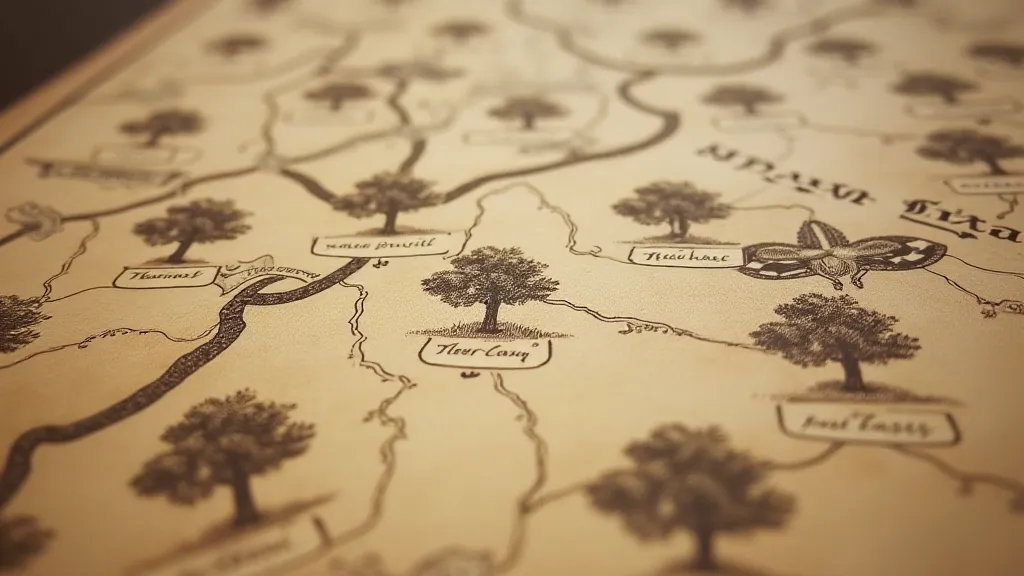
Consider the Blake's Pear, a variety championed by the eccentric horticulturalist Edwin Blake in the 1860s. Its flavor is a complex ballet of sweetness and spice, a taste profile utterly absent from the common Bartlett. Or the Roxbury Russet, a New England apple so beloved in the 19th century that it was practically synonymous with the region. Its disappearance is a poignant reminder of how swiftly local varieties can vanish, eclipsed by more commercially viable alternatives. These aren't just fruits; they’re cultural artifacts, each one a tangible link to a past when local food systems were more resilient, and biodiversity was valued above all else.
The story of these fruits is often intertwined with the history of migration and exploration. The persimmon, for example, traveled across the Pacific with early Japanese settlers, adapting to new climates and contributing to the rich tapestry of Californian agriculture. The pawpaw, native to eastern North America, was a staple food for indigenous peoples and was even mentioned in the journals of early European explorers. The quince, a forgotten ancestor of the apple and pear, arrived with the Romans and flourished in the cool, damp climates of Northern Europe. Each fruit carries its own migration story, a testament to the interconnectedness of cultures and the enduring power of food to connect us to the past.
My grandfather, a taciturn man of few words, grew up on a small farm in rural Ohio. He spoke with a quiet intensity about the apple varieties he remembered – the Northern Spy, the Winesap, the Baltic – apples that were prized for their tartness and keeping ability. He lamented the decline of heirloom varieties, attributing it to the relentless pursuit of larger, more uniform fruit that could withstand the rigors of modern agriculture. “They chased the shine,” he’d say, “and lost the taste.” He understood that the conditions for success hadn’t always been about the most abundant yield, but about fostering the right environment for unique qualities to develop – a principle that echoes in my own passion for restoring antique instruments.
The good news is, these forgotten flavors aren't entirely lost. Dedicated growers and preservationists are working tirelessly to locate and propagate these heirloom varieties, painstakingly collecting scions (cuttings from fruit-bearing trees) and grafting them onto existing rootstock. This is an act of historical preservation, a commitment to safeguarding biodiversity, and a celebration of the rich culinary heritage that we risk losing forever. The challenge, however, extends beyond simply finding these rare varieties; it's about recreating the ecological balance that allowed them to thrive in the first place. It's a complex undertaking, much like understanding the challenges and rewards of rare fruit cultivation – a delicate dance between sunlight, soil, and the unique needs of each variety.
Establishing an unusual fruit orchard isn’t simply about planting a few random seeds; it’s about understanding the specific needs of each variety. Some, like the Morris Head apple, require particular soil conditions. Others are susceptible to certain diseases. The research involved in reviving these fruits is akin to the careful restoration of an antique accordion – each step requires patience, expertise, and a deep respect for the original craftsmanship. It’s about understanding the ecosystem, the microclimates, and the intricate relationships between the trees and their environment. A thriving orchard is far more than just a collection of fruit trees; it’s a miniature ecosystem, a testament to the power of biodiversity and the interconnectedness of life.
The process of reviving these lost varieties isn't solely about the mechanics of grafting and propagation; it also involves a deeper understanding of the historical context – the agricultural practices, the cultural preferences, and the environmental conditions that shaped these fruits over generations. It's about reconstructing a lost narrative, piece by piece, and bringing a forgotten chapter of culinary history back to life.
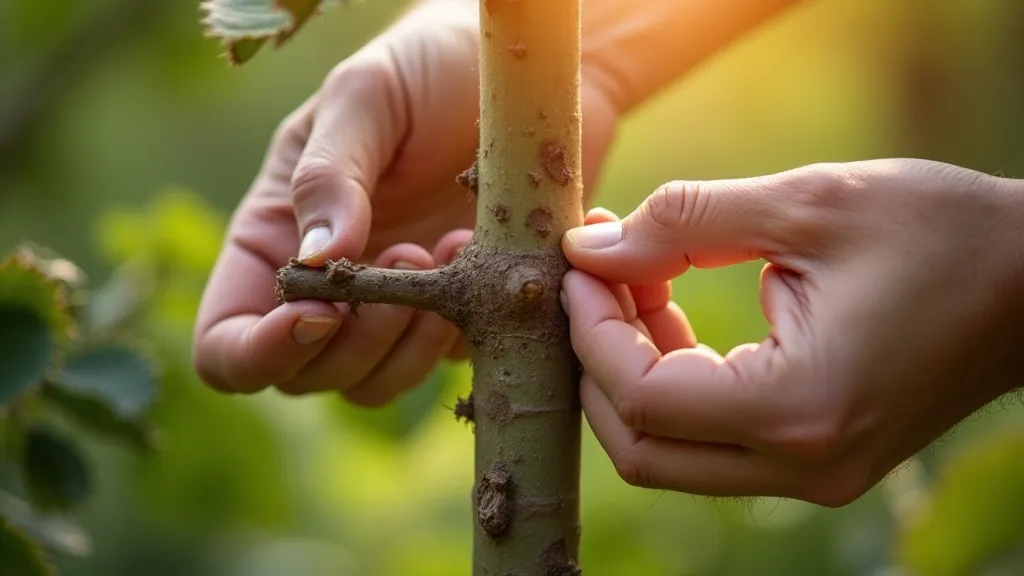
There’s a particular satisfaction that comes from tasting a fruit that you know has been lost to time, a taste that connects you to a lineage of growers and a history of culinary traditions. The first bite of a Saint Laurent pear – a variety with a russet skin and a honeyed flavor – is like taking a journey back in time. The sweetness, the subtle tartness, the unique texture…it’s a sensory experience that transcends the mundane. It’s a privilege to be able to experience flavors that have been absent from our diets for so long, a reminder of the richness and diversity of our culinary heritage.
And, much like the resonant, complex tones of a beautifully restored antique accordion, the flavors of these unusual fruits linger on the palate, sparking memories and inspiring a deeper appreciation for the beauty and diversity of the natural world. Cultivating an orchard of forgotten varieties isn't just about growing fruit; it’s about cultivating a connection to the past, preserving biodiversity, and savoring the rich tapestry of flavors that our ancestors enjoyed. It demands understanding not just the fruit itself, but also its relationship to the land – a skill and a commitment that some might find overwhelming, but that I find endlessly rewarding.
Beyond the personal gratification, the revival of these forgotten fruits has broader implications for our food system. By diversifying our agricultural landscape and embracing local varieties, we can build more resilient and sustainable food systems that are less vulnerable to the impacts of climate change and global market fluctuations. It’s a move away from the homogenization of taste and towards a celebration of regional specialties and culinary traditions.
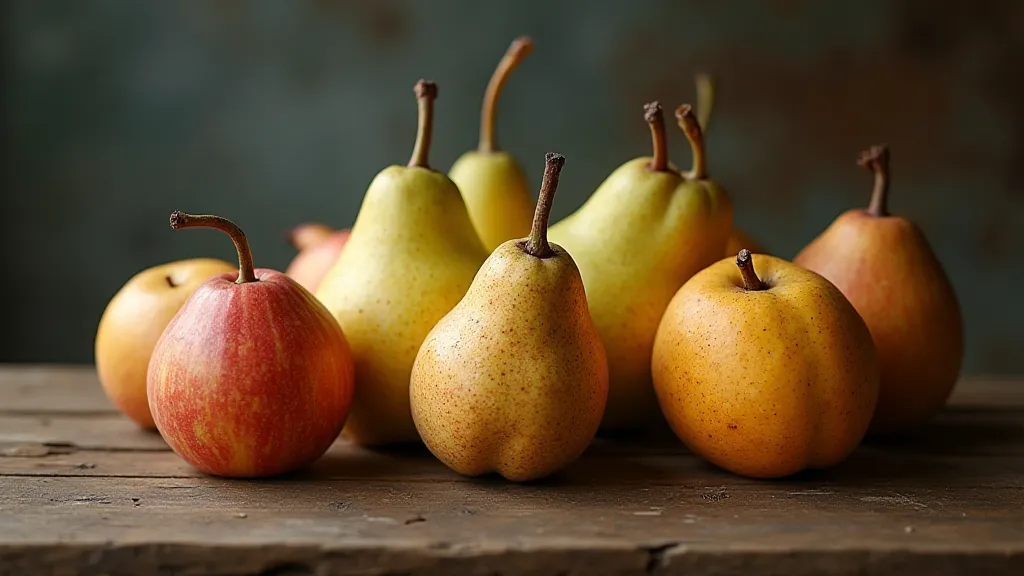
Many of these fruits present unique challenges in terms of cultivation and pest control. The old ways weren't always about heavy-handed intervention; they often relied on a deep understanding of natural cycles and a holistic approach to pest management. Finding solutions that are both effective and environmentally friendly requires creativity, patience, and a willingness to explore the stories and folklore surrounding these fruits.
Indeed, the journey of reviving these forgotten orchards is akin to the meticulous process of transforming raw materials into enduring works of art. It’s about understanding the essence of something ancient, appreciating its unique qualities, and preserving it for generations to come. And just as with the exquisite tones of a restored accordion, the flavors of these unusual fruits resonate with a depth and complexity that transcends the ordinary—a testament to the enduring power of human ingenuity and the beauty of the natural world. With the right care and attention, these forgotten flavors can once again grace our tables, enriching our lives and reminding us of the importance of preserving our culinary heritage for the future, and perhaps even exploring novel ways of fermentation, transformation, and the spirit of fruit.


